Famed Austin pitmaster Aaron Franklin tells Jimmy Kimmel how to smoke a brisket
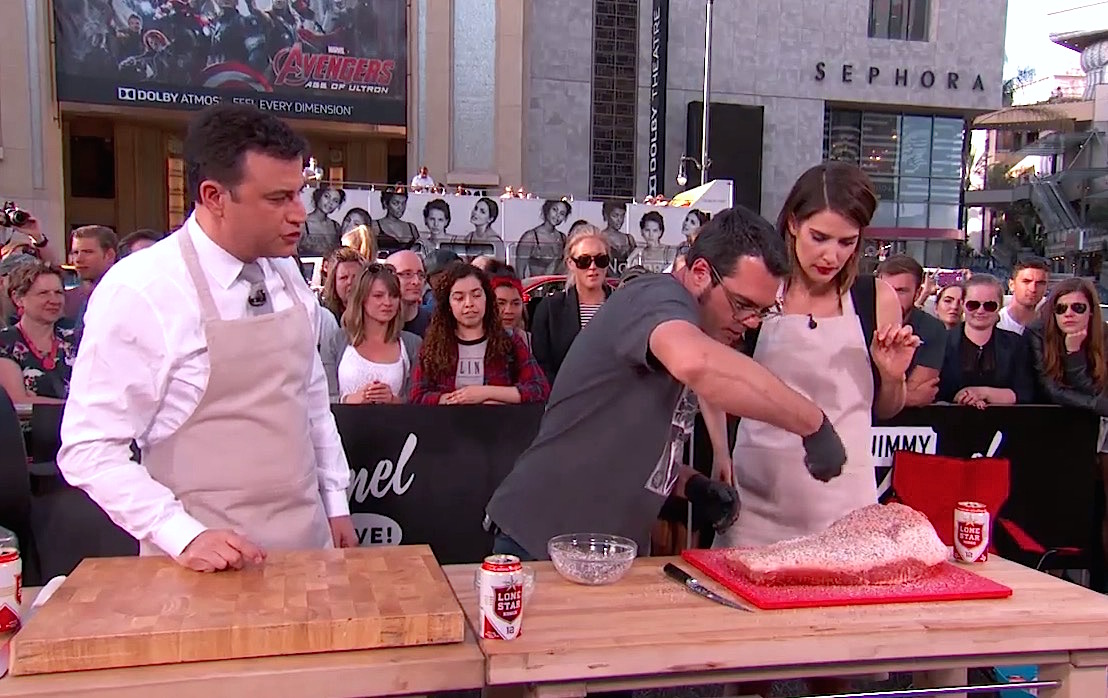

Franklin Barbecue has drawn long lines of meat-eaters since its opening in downtown Austin in 2009, and owner/pitmaster Aaron Franklin told Jimmy Kimmel on Tuesday's Kimmel Live that people typically wait six hours for a bite of his barbecue. Barbecue in Texas means sausage and brisket, and Franklin was on Hollywood Blvd. to talk about the art of the brisket, for Kimmel, Guillermo, guest Cobie Smulders (How I Met Your Mother), and the crowd gathered outside the roped-off grilling station.
The process of smoking a brisket is long and a bit messy, but it isn't rocket science: You need a brisket, a sharp knife, a smoker, spices — Franklin says he uses a 50-50 mix of salt and pepper — and at least 14 hours. Watch below for some pointers, a bit of history, and a tantalizing look at meat you cannot eat from where you are sitting right now. —Peter Weber
Subscribe to The Week
Escape your echo chamber. Get the facts behind the news, plus analysis from multiple perspectives.

Sign up for The Week's Free Newsletters
From our morning news briefing to a weekly Good News Newsletter, get the best of The Week delivered directly to your inbox.
From our morning news briefing to a weekly Good News Newsletter, get the best of The Week delivered directly to your inbox.
Sign up for Today's Best Articles in your inbox
A free daily email with the biggest news stories of the day – and the best features from TheWeek.com
Peter has worked as a news and culture writer and editor at The Week since the site's launch in 2008. He covers politics, world affairs, religion and cultural currents. His journalism career began as a copy editor at a financial newswire and has included editorial positions at The New York Times Magazine, Facts on File, and Oregon State University.
-
 Today's political cartoons - May 11, 2025
Today's political cartoons - May 11, 2025Cartoons Sunday's cartoons - shark-infested waters, Mother's Day, and more
-
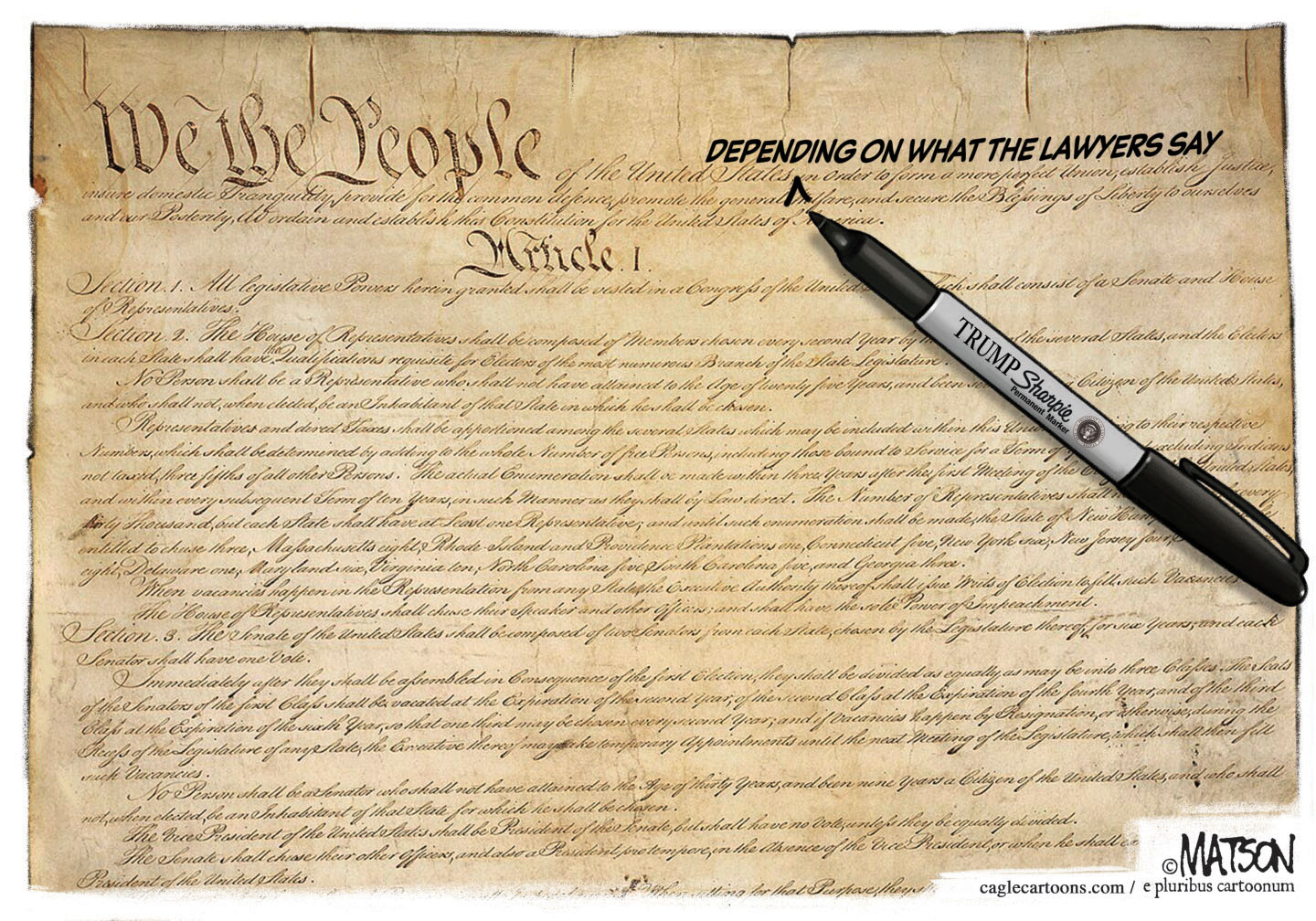 5 fundamentally funny cartoons about the US Constitution
5 fundamentally funny cartoons about the US ConstitutionCartoons Artists take on Sharpie edits, wear and tear, and more
-
 In search of paradise in Thailand's western isles
In search of paradise in Thailand's western islesThe Week Recommends 'Unspoiled spots' remain, providing a fascinating insight into the past
-
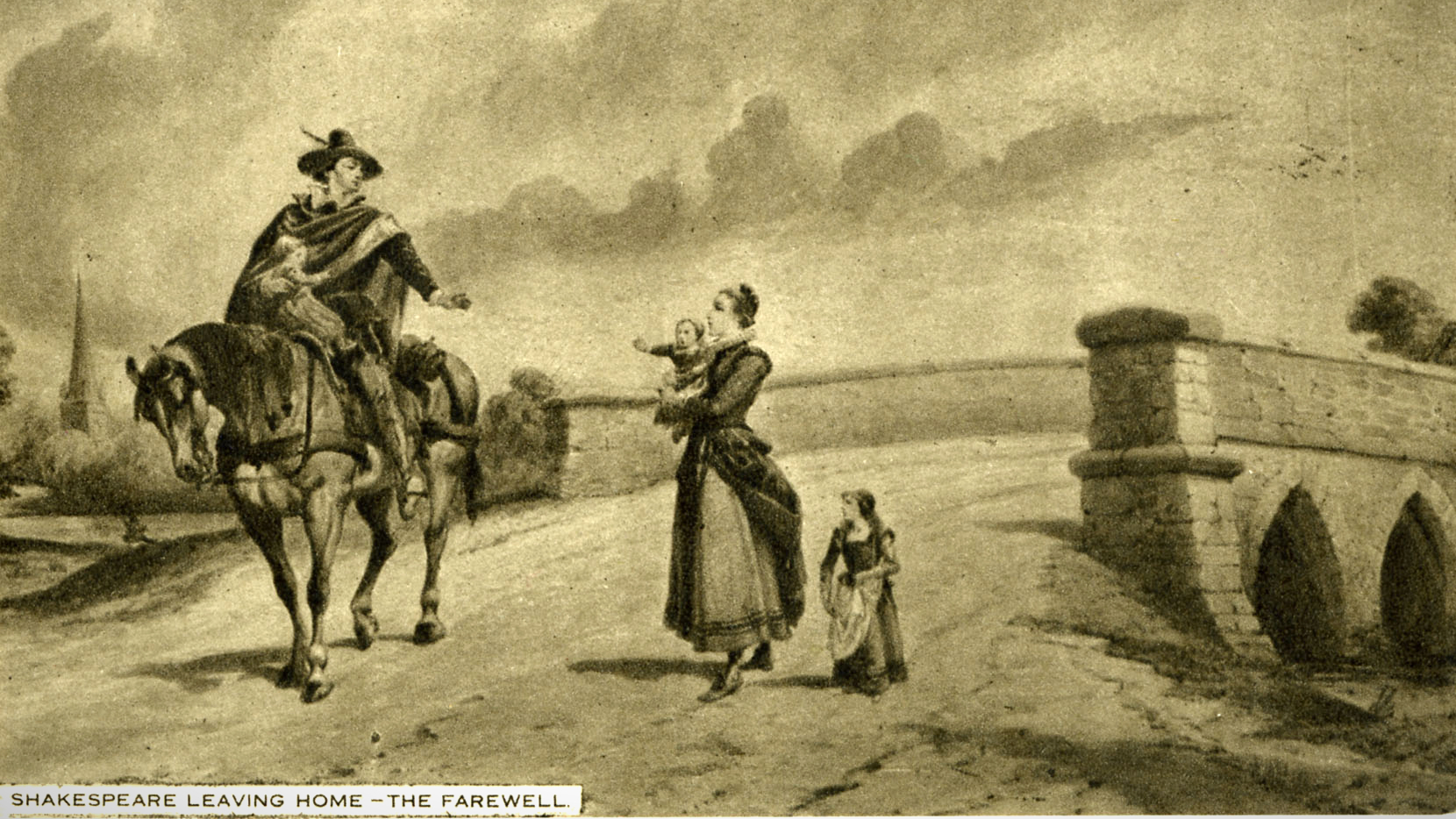 Shakespeare not an absent spouse, study proposes
Shakespeare not an absent spouse, study proposesspeed read A letter fragment suggests that the Shakespeares lived together all along, says scholar Matthew Steggle
-
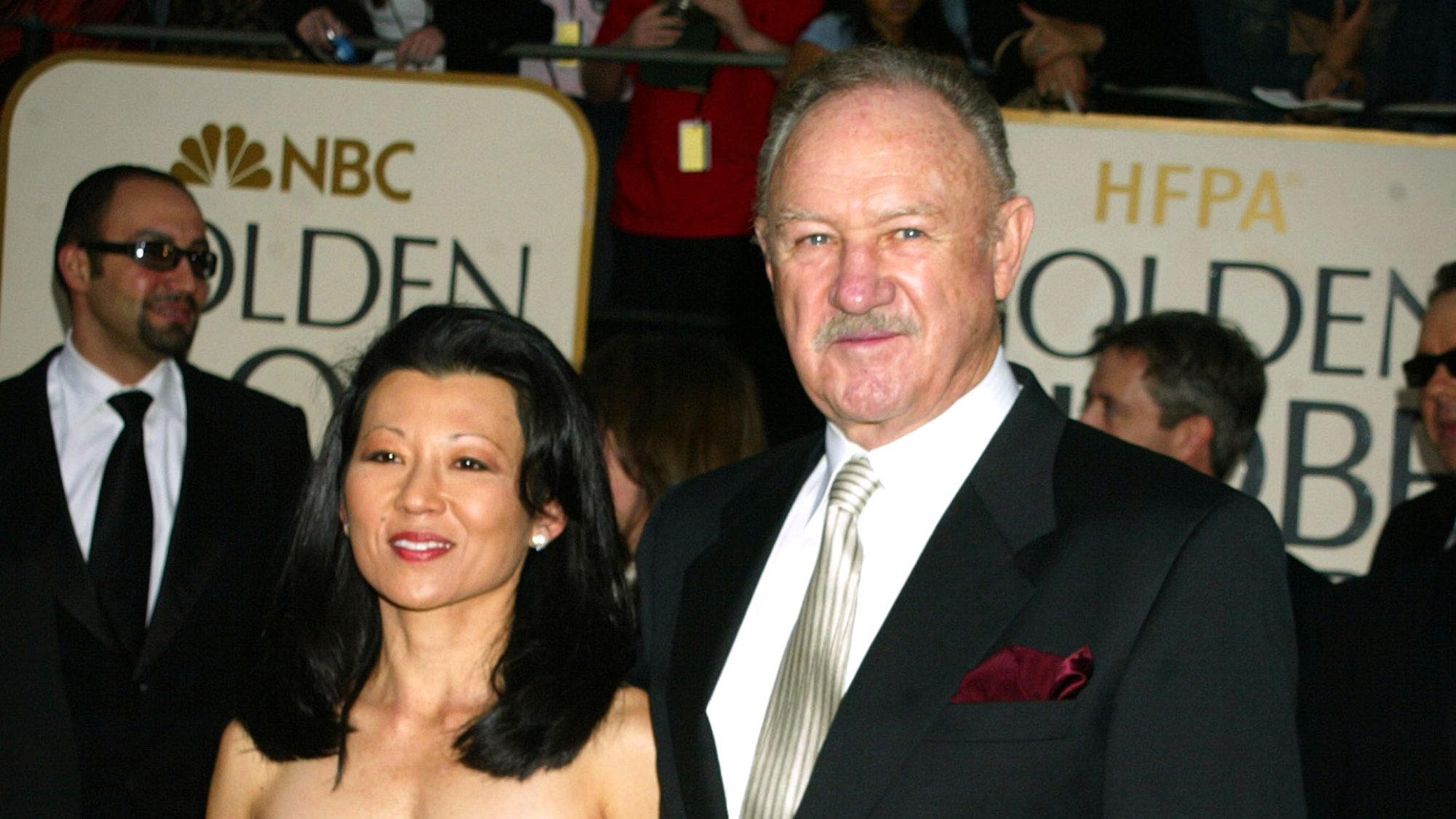 New Mexico to investigate death of Gene Hackman, wife
New Mexico to investigate death of Gene Hackman, wifespeed read The Oscar-winning actor and his wife Betsy Arakawa were found dead in their home with no signs of foul play
-
 Giant schnauzer wins top prize at Westminster show
Giant schnauzer wins top prize at Westminster showSpeed Read Monty won best in show at the 149th Westminster Kennel Club dog show
-
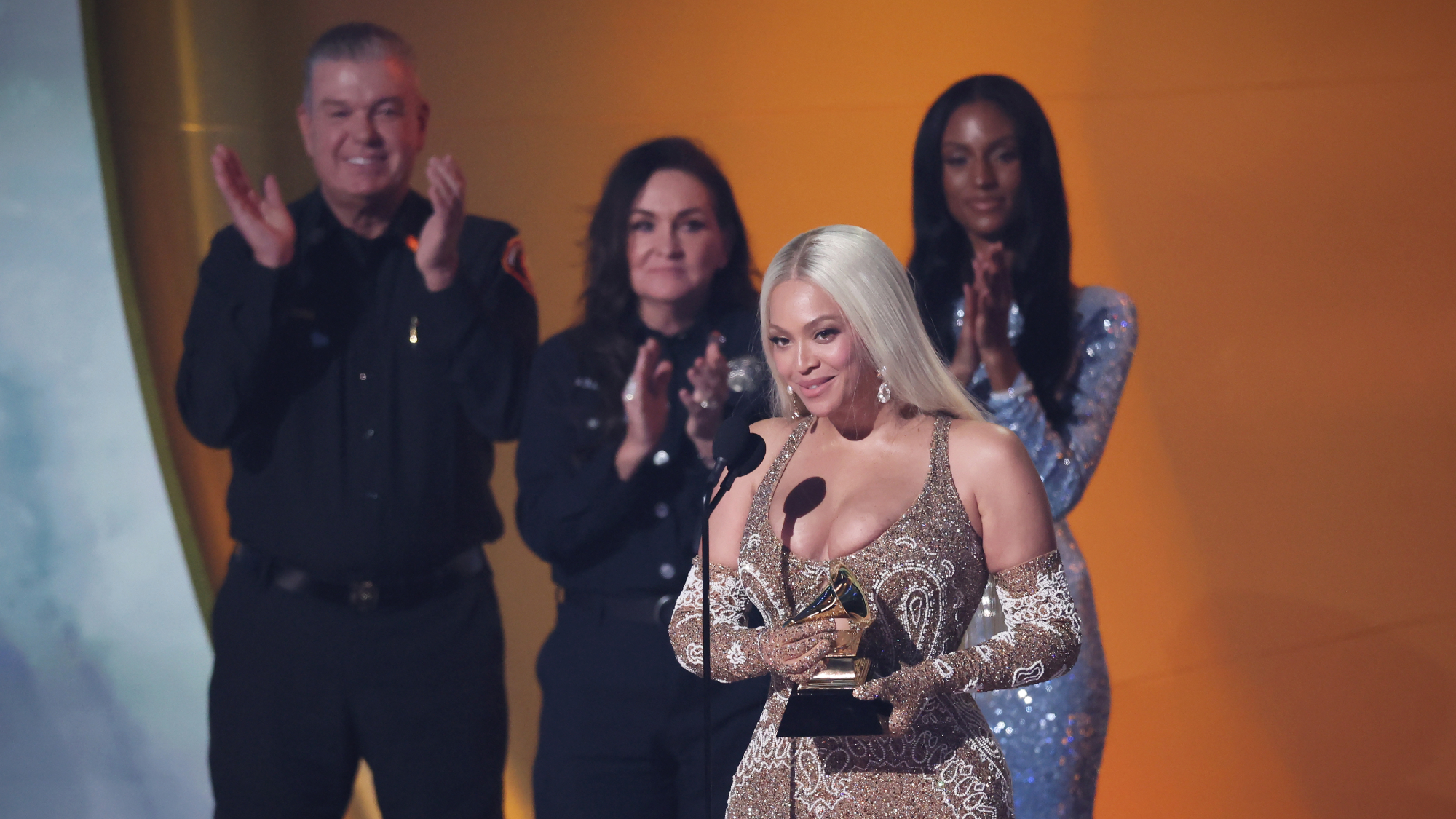 Beyoncé, Kendrick Lamar take top Grammys
Beyoncé, Kendrick Lamar take top GrammysSpeed Read Beyoncé took home album of the year for 'Cowboy Carter' and Kendrick Lamar's diss track 'Not Like Us' won five awards
-
 The Louvre is giving 'Mona Lisa' her own room
The Louvre is giving 'Mona Lisa' her own roomSpeed Read The world's most-visited art museum is getting a major renovation
-
 Honda and Nissan in merger talks
Honda and Nissan in merger talksSpeed Read The companies are currently Japan's second and third-biggest automakers, respectively
-
 Taylor Swift wraps up record-shattering Eras tour
Taylor Swift wraps up record-shattering Eras tourSpeed Read The pop star finally ended her long-running tour in Vancouver, Canada
-
 Drake claims illegal boosting, defamation
Drake claims illegal boosting, defamationSpeed Read The rapper accused Universal Music of boosting Kendrick Lamar's diss track and said UMG allowed him to be falsely accused of pedophilia